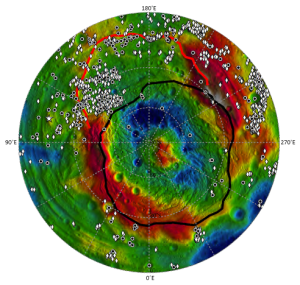On August 13, 2012, Voyager 2 became the longest-operating spacecraft in history, finally topping Pioneer 6, which was launched on Dec. 16, 1965, and sent its last signal back on Dec. 8, 2000.
On August 13, 2012, Voyager 2 became the longest-operating spacecraft in history, finally topping Pioneer 6, which was launched on Dec. 16, 1965, and sent its last signal back to Earth on Dec. 8, 2000.
And Voyager 2, along with its partner Voyager 1, are still working, and engineers hope they will still be working for another eight to twelve years, enough time for them to leave the solar system and enter interstellar space.
On August 13, 2012, Voyager 2 became the longest-operating spacecraft in history, finally topping Pioneer 6, which was launched on Dec. 16, 1965, and sent its last signal back to Earth on Dec. 8, 2000.
And Voyager 2, along with its partner Voyager 1, are still working, and engineers hope they will still be working for another eight to twelve years, enough time for them to leave the solar system and enter interstellar space.

